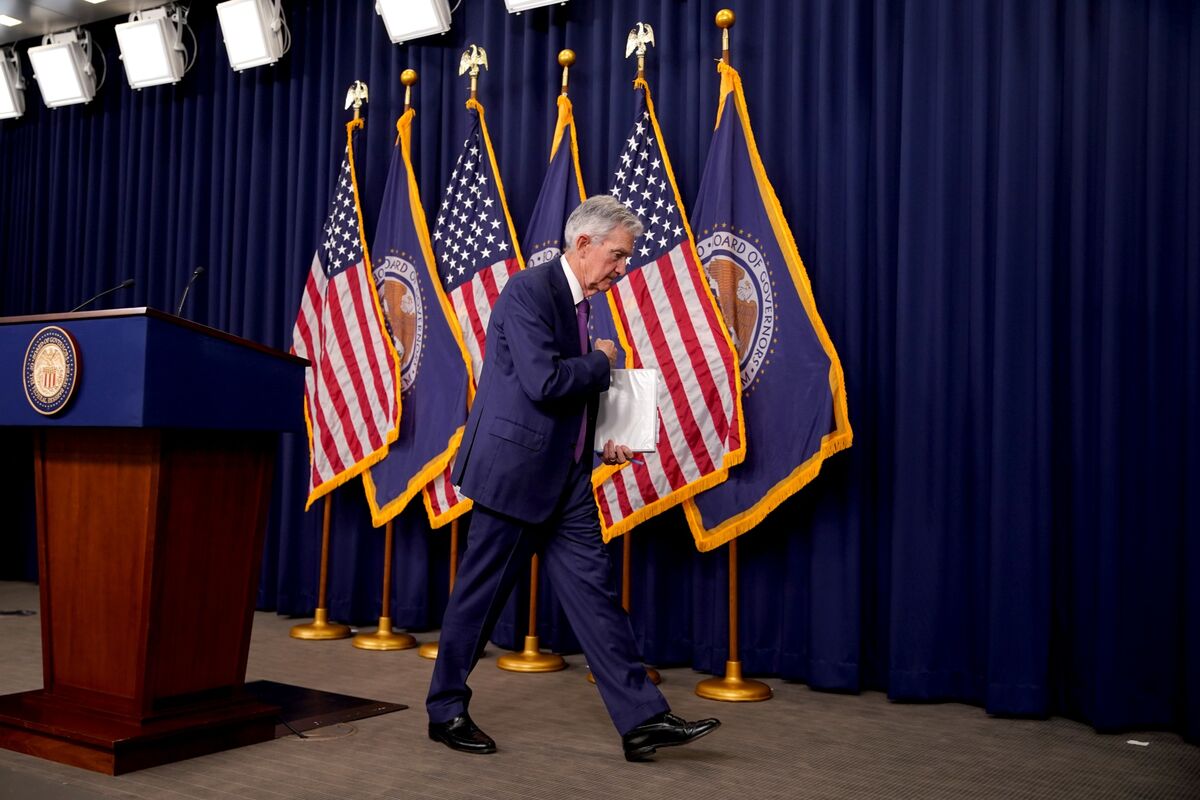
Recent economic developments have cast doubt among bond traders on the immediacy of anticipated Federal Reserve interest rate cuts. Despite initial expectations for a series of reductions this year, a surprising uptick in January hiring has lessened the urgency for the Fed to ease monetary policy. Federal Reserve Chair Jerome Powell’s recent remarks, emphasizing a cautious approach until inflation consistently approaches the 2% target, have led to a reevaluation of bets on rate cuts happening before May.
Fed’s Deliberate Stance and Economic Resilience
In a recent interview, Powell underscored the risks of premature policy adjustments before the inflation trajectory is clearly on a downward path. However, he also suggested that rate loosening is on the horizon as the inflationary pressures of the post-pandemic period recede. This stance has left investors grappling with the timing and extent of potential rate reductions, especially in light of robust job and wage growth challenging the narrative of a weakening labor market necessitating aggressive Fed action.
The bond market reacted to Powell’s cautious yet optimistic outlook, with Treasuries retreating and the US dollar strengthening against major currencies. The solid performance of the US economy, particularly the significant job additions in January, has fueled a reassessment of Treasury yields and the dollar’s position.
Investment Strategies Amid Uncertainty
The ongoing economic strength poses challenges for investors seeking value in Treasuries, especially with yields currently lower than last year’s peaks. Some investors advocate for a more favorable stance on bonds should yields rise further, driven by continuous economic momentum delaying Fed rate cuts. Conversely, there’s growing interest in mid-duration notes, seen as beneficiaries of a more extended rate-cutting cycle, assuming the Fed delays its normalization process.
Despite recent adjustments in expectations, the bond market finds support from the widespread belief in eventual Fed easing by mid-year. High levels of liquidity in money-market funds also suggest potential shifts towards bonds as short-term rates decline, providing a safety net for the bond market against spikes in yields.
Fed’s Policy Outlook and Inflation Dynamics
With the current interest rate significantly above the neutral growth level and inflation on a downward trend, the Fed has ample scope to relax policy without compromising economic growth or labor market strength. Futures markets, despite Powell’s cautionary notes, still anticipate multiple rate cuts this year, reflecting ongoing optimism about policy adjustments.
Strategists suggest that Treasury yields, now hovering around 4%, could drop to 3% within the year, contingent on adjustments in the Fed’s neutral rate perception and potential economic shocks. The expectation of a more aggressive inflation downturn further fuels this outlook.
Featured image credit: Al Drago via Bloomberg
